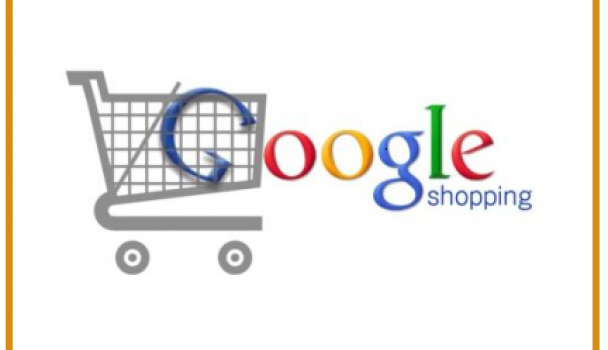Search Spend Rising; Google Shopping, PLAs Remain Strong Despite EU Fine
by Laurie Sullivan , Staff Writer @lauriesullivan, July 18, 2017
Marketers spent more of their budget with Google in the second quarter of 2017, up 23% from the year-ago quarter. Overall, among Merkle’s clients across Google AdWords, Bing Ads, and Yahoo Gemini ad platforms, budgets rose 20% year over year (YoY) in the second quarter of 2017.

Across all engines on average the cost per click (CPCs) rose 1% in the second quarter of 2017, but click growth accelerated to 18% YoY. Click growth for Google jumped to nearly 23%, while CPC growth remained steady at less than 1%.
Mark Ballard, VP of research at Merkle, has been tracking an ad-rank calculation change made by Google in May 2017 that drove down the cost per click (CPC) for advertisers’ brand keywords, but it did not seem to hurt Google. At least not in Q2. Ballard said, though brand CPCs fell 8% YoY for the quarter, while clicks rose 9% and spend was flat.
“A similar change two years earlier had the opposite effect, resulting in a sharp spike in brand CPCs, one that continued to reverberate in Y/Y growth comparisons until mid-2016,” per the report. “The impact of the 2017 change on non-brand keywords was less clear, but may have put some upward pressure on CPCs.”
Combined search ad spend for Bing Ads and Yahoo Gemini fell 3% YoY in the second quarter of 2017, declining 14% compared with Q1. Bing Product Ad spend growth improved to 11% year-over-year.
While the rise in spend always seems like good news, the bad news for Google and advertisers involves reports that Google Shopping and product listing ads (PLAs) took a hit from the European Commission, which fined the company $2.7 billion for favoring Google Shopping over competitors in search results.
Merkle’s Q2 2017 Digital Marketing Report, released Tuesday, didn’t release any real surprises, but the data could help marketers better understand the trends through data they need to re-evaluate campaigns.
Google Shopping and the PLA format accounted for 51% of Google UK search ad clicks among retailers in the quarter, up from 40% a year earlier. In the U.S., PLAs generated 53% of search ad clicks for retailers, with the amount marketers spend on PLAs rising 31% year-over-year (YoY), compared with 16% for text search ads.
“If Google is forced to rollback its European Shopping service to an earlier version, paid Shopping ads would be pushed beneath organic results, and Google would lose its prime real estate as a result,” wrote Michael Saba, content marketing writer at CallRail, in an email. The company supports call tracking and analytics to call centers.
Ballard said that if Google needs to change how it operates Shopping ads in the U.K. it will certainly take a hit with search budgets.
Retail spending in digital advertising has been growing faster, compared to overall spend, Ballard said. “It’s not all gloom and doom in retail,” he said. “Retail spend on Google search ads rose 25% year-over-year in the second quarter, compared with 23% growth overall.”
In the U.S., Amazon continues to increase the amount spent in Google PLAs, but continues to maintain a narrow category focus in home goods. The category rose about 15 points between late April and mid-May, per the report.
Amazon’s Sponsored Products ad format continues to generate interest, but adoption remains limited compared with Google PLAs, Ballard said. Ad spend in Sponsored Products rose 43% from the first quarter to the second quarter of 2017.
Interestingly, Merkle notes that the AdWords Get Location Details click type produced by Google Maps accounted for nearly 7% of brand keyword ad clicks on phones in June 2017, up from 5% a quarter earlier.
The quarterly report analyzes trends across paid search, social media, display, and organic search.
MediaPost.com: Search Marketing Daily
(27)